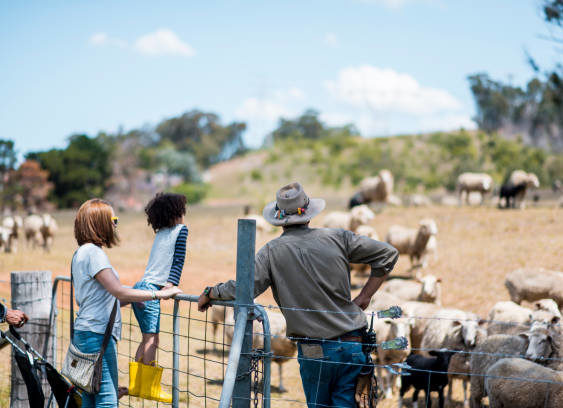HOME | DD
 georgelovicew27 — The Imperative of Farm Biosecurity
georgelovicew27 — The Imperative of Farm Biosecurity

Published: 2023-12-11 16:10:33 +0000 UTC; Views: 120; Favourites: 2; Downloads: 0
Redirect to original
Description
In the current agricultural environment, it is impossible to overstate how important farm biosecurity is. As the backbone of food production, farms are susceptible to a variety of risks, including pests, diseases, and environmental contaminants. Biosecurity is vital to protect the crops, livestock and global food supply.The first step in farm biosecurity is understanding the threats. These can range from viruses and bacteria affecting livestock, to invasive plant species and pests that can devastate crops. Awareness of these threats helps in the development of a proactive biosecurity plan. The plan must be thorough, covering all possible points of vulnerability from farm operations to animal introduction.
Sanitation is another critical aspect of farm biosecurity. Cleaning and disinfecting farm equipment, vehicles, and buildings regularly helps prevent pathogen spread. Maintaining good hygiene in livestock is also important, as are regular vaccinations and health checks. This proactive health management helps in early detection and containment of diseases, minimizing the risk of widespread infection.
These measures help prevent the introduction and spread of pathogens and pests. Managing wildlife and pest populations is another vital aspect of farm biosecurity. Wild animals can be carriers of diseases that affect both crops and livestock. Wildlife intrusion can be minimized by using strategies such as fences, habitat modifications, and repellents. Regular pest control is also necessary for managing insects and rodents which can damage crops and spread disease. To gather more details please see over here
The fourth area of focus is surveillance and monitoring. Early detection of any biosecurity threat is crucial for containing and managing it effectively. It is important to monitor animal health, crop conditions and keep abreast regional and international disease outbreaks. A disease that is a concern in one area of the world can spread quickly to another. International cooperation and sharing information are essential.
Farm biosecurity, in conclusion, is not static. It's an evolving process as technology advances and we gain a better understanding of the biological threats. It is essential that farm management and workers receive ongoing education. They must be knowledgeable about current biosecurity protocols and vigilant in their implementation. Additionally, collaboration with local agricultural agencies, neighboring farms, and international bodies can provide valuable support and information, helping to stay ahead of emerging threats.
















